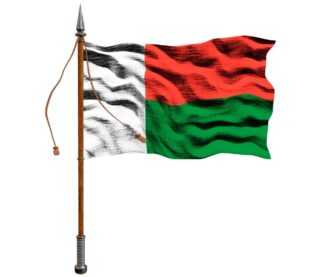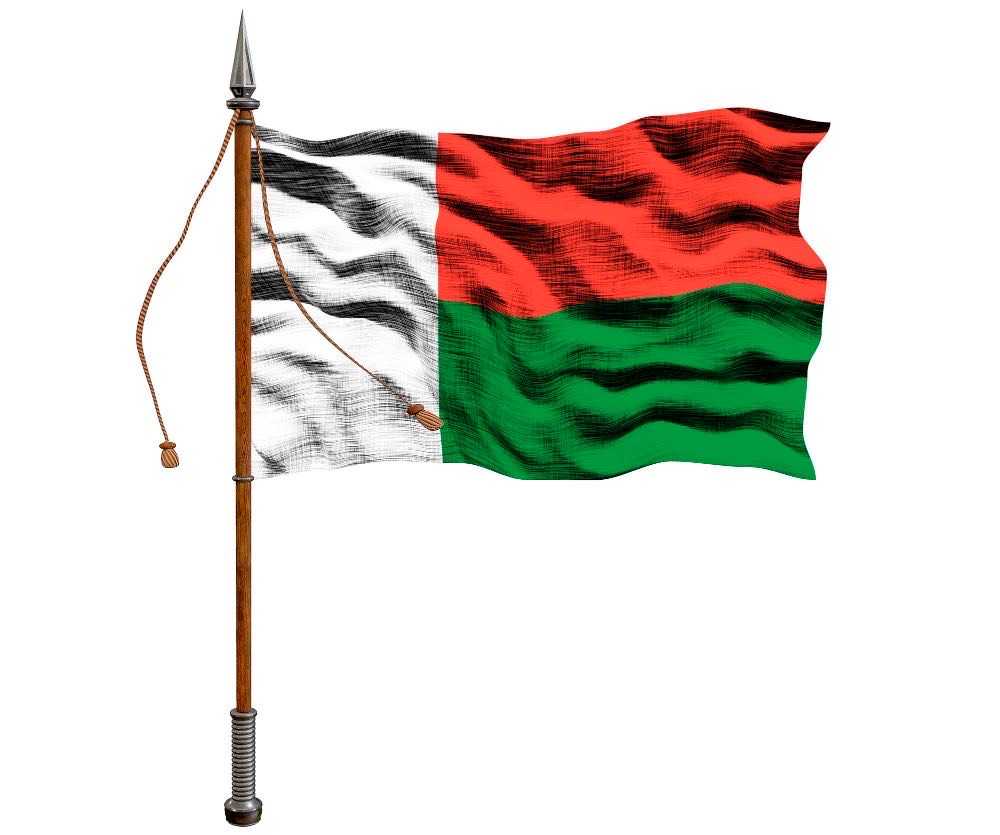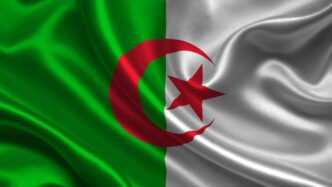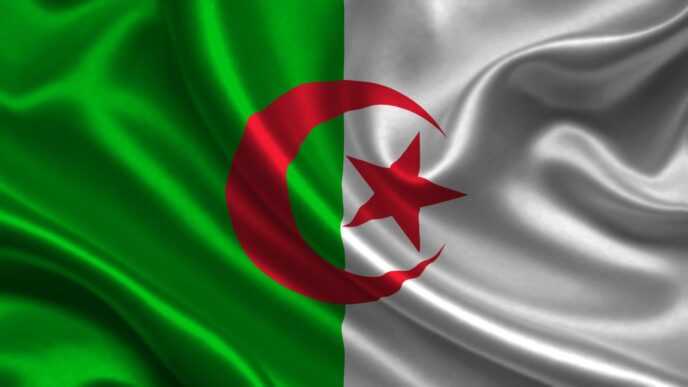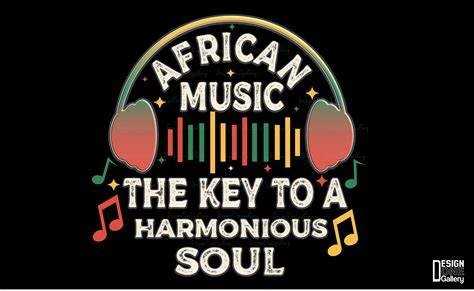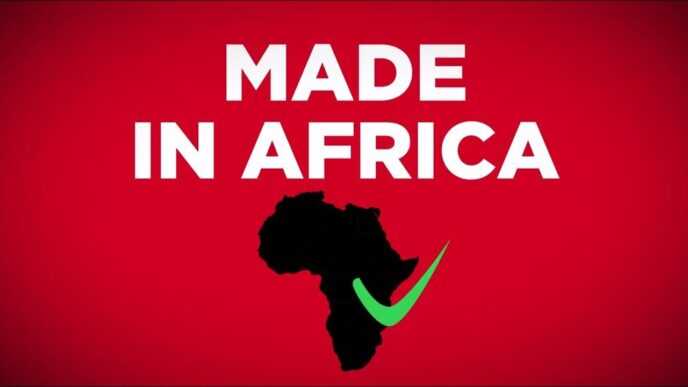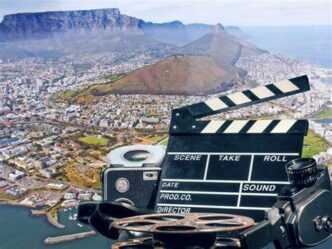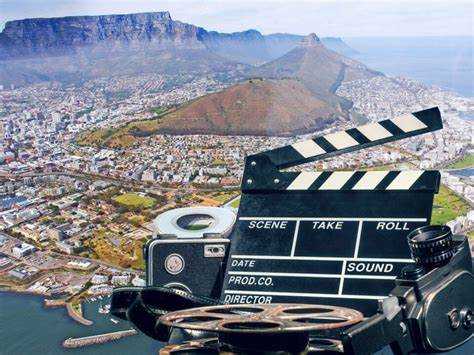By Genevieve Azelama
On June 26 each year, Madagascar glows; the entire nation and its people glow with pride, determination, and reverence for the freedom and sovereignty of their country. Their deep sense of pride shines even brighter through the longstanding symbols forever etched in history, signifying a people and a nation who have stitched their story of freedom into cloth, color, and flame. These symbols are anything but random The red and white flag, the traditional lamba, and the ceremonial fire each hold a layered and nuanced level of significance and meaning for the people of Madagascar as they are the representation and reminders of their nations journey to true freedom and sovereignty, they mark their independence from colonial dominance fueled by royal dynasties cultural resilience and colonial resistance.
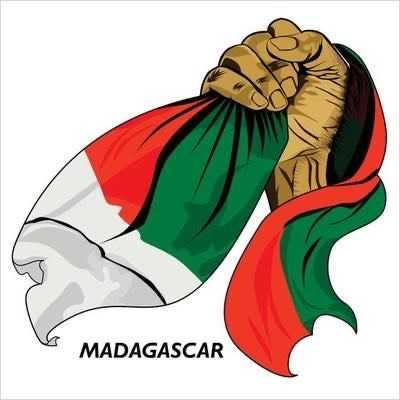
A Flag of Continuity and Courage
The flag of Madagascar was adopted by its people two full years before they gained full independence as a nation in 1958, and it is one of the most distinctive flags on the African continent, boldly and unapologetically honoring the nation’s history.
The vertical white band and horizontal red and green stripes are steeped in meaning. White stands for purity and peace, and is said to echo the symbolic color of rice, a staple food and an emblem of life. Red, worn by ancient Merina royalty and by anti-colonial rebels known as the menalamba (“red shawl”), represents sovereignty and the blood sacrifice of those who resisted domination. Green pays tribute to the Hova, the commoner class that played a vital role in Madagascar’s independence struggle and agricultural backbone.
The flag is a constant reminder of the efforts and sacrifices that all people of Madagascar put forth in the attainment of their sovereign nation. The flag is a visual representation and reminder of what the people of Madagascar can achieve when united, irrespective of class and ethnicity.
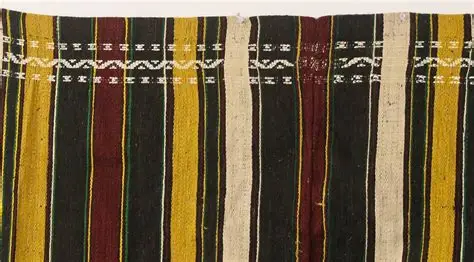
The Lamba: Fabric of Identity and Resistance
The lamba is a traditional attire woven from silk and cotton. It is draped across shoulders, wrapped around waists, and often handed down as heirlooms; the lamba is more than traditional attire. It is a cultural text woven into silk and cotton, which the people of Madagascar proudly adorn themselves with.
Each lamba tells its own unique story, a story of class, region, and occasion. Among the Merina aristocracy, a silk lamba akotofahana signified nobility. Coastal communities favored simpler cotton variations for daily life. But across Madagascar, the lamba carried significance far beyond fashion or daily uses.
During the colonial era, wearing the lamba was a quiet but defiant act of resistance. It rejected French customs and affirmed Malagasy cultural identity, signifying loudly with conviction to the French colonialists that the people of Madagascar could never be separated from their cultural heritage.
In diplomatic exchanges, it was given as a symbol of respect, most famously when Queen Ranavalona III gifted a royal lamba to U.S. President Grover Cleveland. Even in mourning rituals, the lamba wraps the body with dignity, connecting the living to the ancestral past.
In the struggle for independence, reclaiming the lamba was a way of weaving national pride into everyday life, thread by thread. One stitch at a time, the people of Madagascar carved their nation’s path to independence and sovereignty.
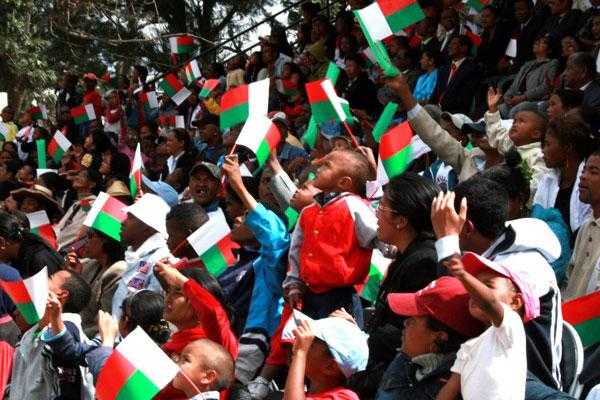
The Flame: Memory, Protest, and Renewal
Every June 26, cities like Antananarivo come alive with torchlight processions, where Malagasy citizens of all ages march with burning torches—afon’ny fahaleovantena—symbolizing the fire of independence.
This ceremonial flame is more than pageantry; it is memory brought to life, visible for all to see. It evokes the menalamba rebellion of 1895–97, when locals resisted French colonial forces with red-dyed shawls and unyielding courage. It reminds the people of the 1947 uprising, one of the most violent anti-colonial movements in Africa, where thousands died for the dream of self-rule. The flame, in this context, is not just celebratory; it is commemorative, allowing the people to reminisce through the flames of resistance they went through and came out as one true sovereign nation of Madagascar. It honors sacrifice, renews patriotic fervor, and illuminates the long, fiery path to freedom.
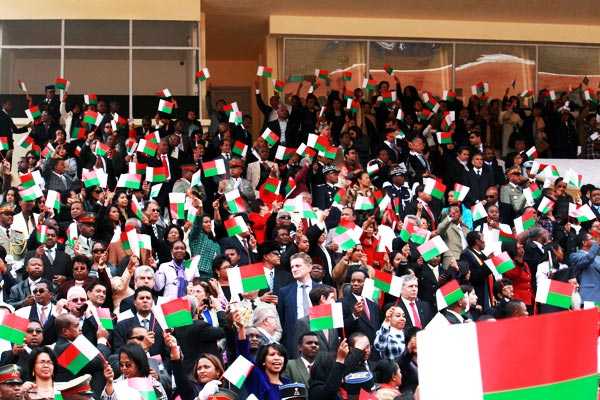
More Than Symbolism: A Sovereign Statement
Together, these three elements the flag, the lamba, and the flame, are not isolated symbols. They form a trinity of Malagasy independence, sovereignty, and nationhood. The flag be; blows in the wind, reminding the people and even the world of the identity of unity of the people of Madagascar. The lamba is heritage preserved passing down the stories of resistance and determination of the people of Madagascar from generation to generation, an homage to the people who stood firm with their cu; culture as a form of colonial resistance. The flame remembers and carries on the struggles and sacrifices that bore the mighty nation we see today.
They are tactile, visible, worn, waved, and witnessed. They appear in the everyday and the ceremonial, binding Madagascar’s diverse peoples into a singular national story.
Madagascar stands apart. Its symbols are not relics; they are an active memory, living declarations of independence, layered with meaning and alive with purpose.
Sovereignty in Stitch and Flame
On June 26, when the torches flicker in the night and lambas ripple in celebration under the red-and-white flag, Madagascar is not merely marking a date; it is renewing a promise. A promise that the sacrifices of the past, the richness of culture, and the determination for self-rule will never be forgotten.
The flag, the lamba, and the flame are proof that independence is not just a historical event it’s a living legacy.
